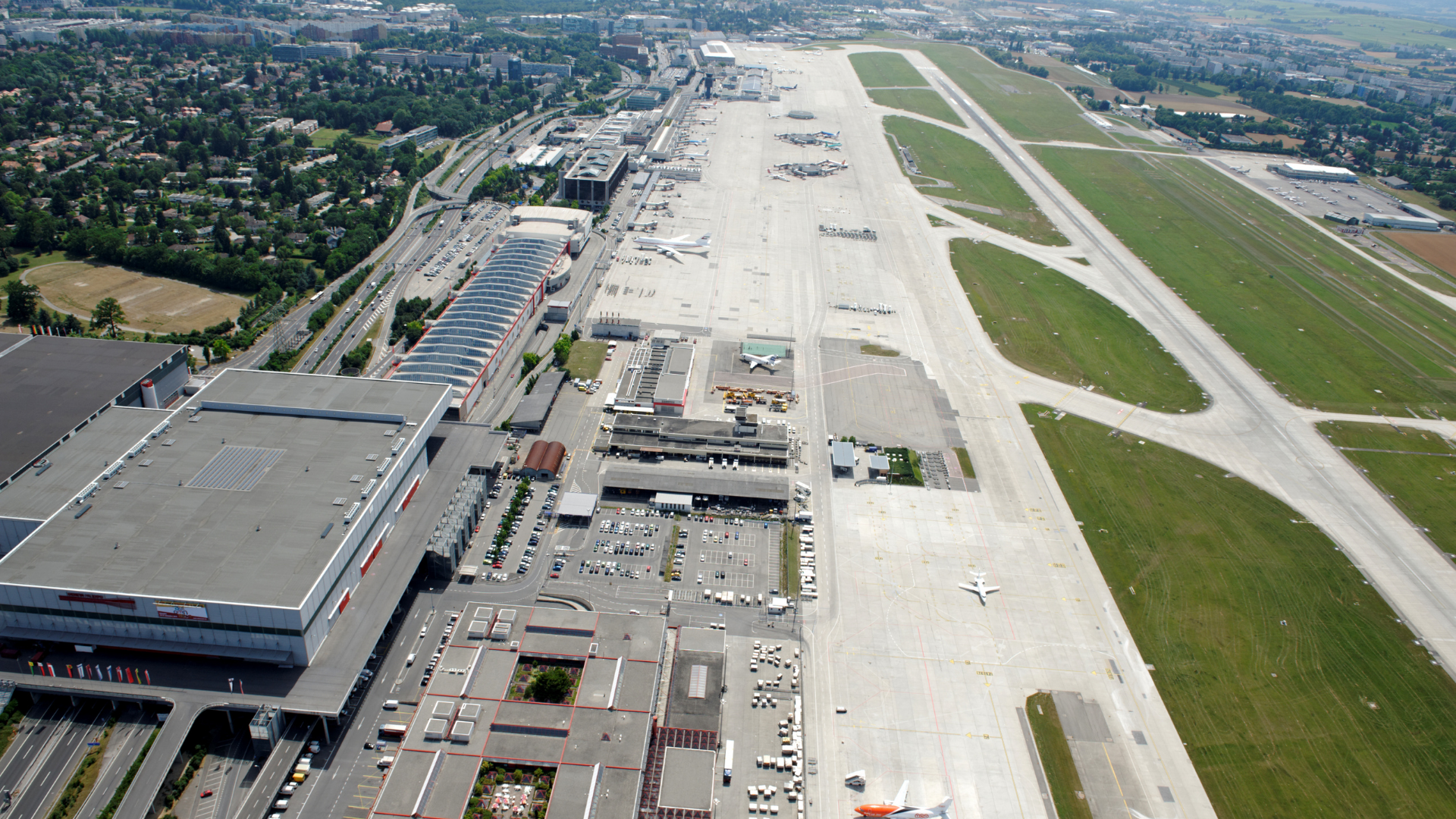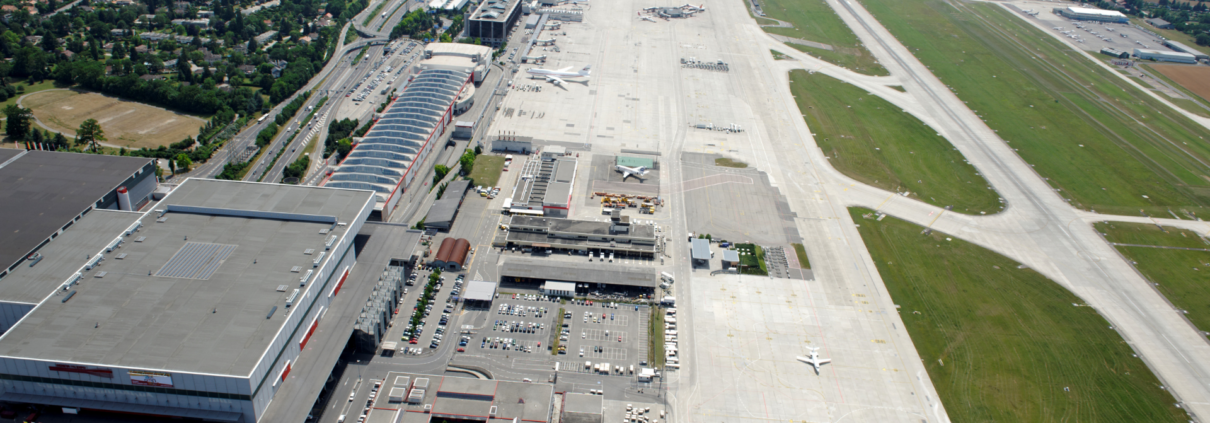AMHS Web Terminal application development news
As our customers already know that ICAO Global Reporting Format (GRF) will become mandatory on 4 November 2021. The GRF is applicable to all airports regardless of their location, local weather, and operating conditions.
In sake of safety, pilots must receive information on runway surface condition during key phases of flight. Therefore, airports must identify and report any significant changes of the runway surface condition whenever they occur.
The purpose of the GRF is to ensure the global harmonisation of such reporting.
Whenever there is the presence, or suspected presence, of a contaminant, the aerodrome operator performs visual observations of the runway to gather the following information:
- Percentage of each runway third that is covered by contaminant(s)
- Depth of the contaminant(s)
- Runway surface condition and type of contaminant(s)
The presence of such contaminants should be mentioned in the situational awareness section of the Runway Condition Report (RCR).
For example, it would be necessary to report in the RCR (SNOWTAM) after a significant hailstorm has left a visible layer of hail on the runway surface.
The process of reporting starts when the runway is wet or when there is presence of a contaminant (either water, slush, ice wet snow, dry snow, compacted snow, or frost) on an operational runway.
The contaminant should be assessed and a RCR generated, if necessary, when there is 10% or more coverage of a contaminant in any third of the runway.
A new RCR is generated whenever there is a significant change, i.e., a change that requires new information in any item of the RCR.

The aerodrome operator transmits the RCR to the air traffic controller (ATC), and the ATC, in turn, provides this information to the flight crews by SNOWTAM, by adding the information to the ATIS, or by voice over the Radio Frequency.
The Aeronautical Information Services (AIS) will also publish the information received in the RCR to the end users via a SNOWTAM.
It is important to ensure any GRF information promulgated is accurate at all times. A SNOWTAM is valid for a period of 8 hours. If the conditions have not changed, yet it is still necessary to inform air crews of these conditions, a new SNOWTAM will need to be published within the 8 hours.
In order to fulfil this requirement, ANSART had upgraded its AMHS WEB terminal application and happy to announce that new version of our AMHS WEB terminal was successfully developed and tested in collaboration with or customers allowing creation and reception of ICAO GRF SNOWTAM messages providing a convenient and clean way to compose and read them.
We will continue with development of our AMHS WEB terminal solution to be in line with upcoming requirements and customer wishes.


